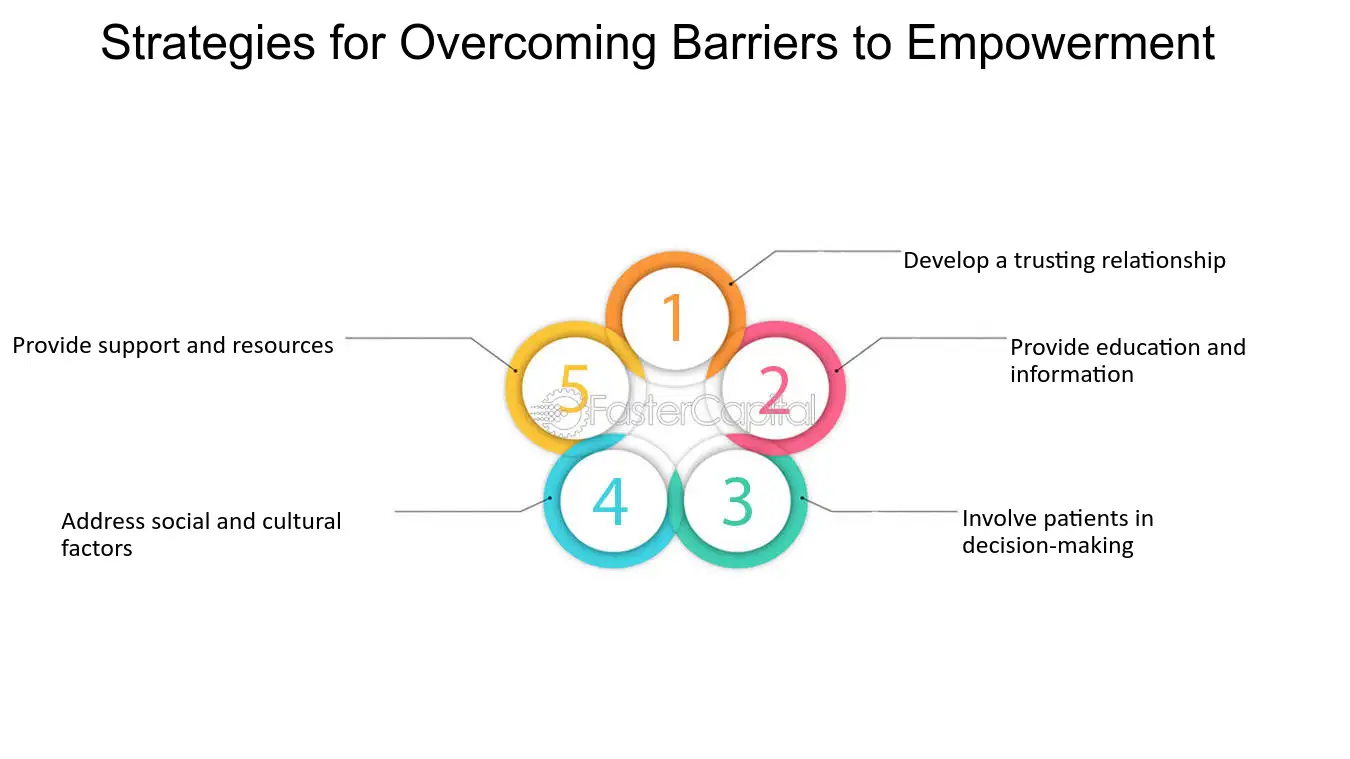In a world filled with unrealistic beauty standards, the body positivity movement has emerged as a powerful force for change. At its core, it advocates for self-love, acceptance, and celebration of all bodies, regardless of shape, size, color, gender, or ability. One of the most controversial but deeply liberating aspects of this movement is the discussion surrounding nudity, which is not inherently sexual or taboo, but rather a natural expression of human diversity and identity.
Redefining Beauty Standards
For decades, media and advertising have promoted a narrow definition of beauty: thin, toned, healthy bodies, fair skin, and youthfulness. This limited image has created body dissatisfaction, low self-esteem, and even mental health issues for millions of people around the world. The body positivity movement challenges these ideals by showcasing the true beauty of every stretch mark, scar, wrinkle, and roll.
When presented in this inclusive context, nudity becomes a powerful tool for eliminating shame and redefining what it means to be beautiful. By normalizing different bodies in their natural form, we begin to undo years of conditioning that have taught us to hide or feel ashamed of our physical selves.
The Power of Nudity in Self-Acceptance
Nudity is often seen as something private or provocative — but it doesn’t have to be. For many, embracing nudity means reconnecting with their bodies without judgment. It’s about seeing yourself not through the lens of perfection, but through the eyes of compassion and acceptance.
In body positive spaces, nudity is used for empowerment. Whether it’s through art, photography, or body-positive advocacy, people of all identities are reclaiming their bodies. They’re choosing to be seen and heard — not despite their differences, but because of them.
Diversity and Inclusion at the Center
True body positivity goes beyond just “feeling good” about your appearance. It’s about creating an inclusive space for people of all identities. These include:
- People of color, whose bodies have historically been externalized or erased.
- People with disabilities, whose bodies are often sexualized or hidden from public view.
- Trans and non-binary people, who are reclaiming their narratives in a society where binary gender norms are often enforced.
- People of larger bodies, who face discrimination every day and are underrepresented in the media.
Including these voices and bodies in the conversation challenges the notion that only certain bodies are worthy of love, visibility, or respect.

The Importance of Consent and Context
When promoting nudity in a positive light, it is essential to acknowledge the importance of consent and context. Body positivity does not mean forced exposure or discomfort. It means creating safe spaces where individuals can freely and confidently express themselves – whether fully clothed or naked – without fear of judgment or harassment.
It is the responsibility of platforms, artists and supporters to ensure that body positivity nudity is not exploited, but rather protected and celebrated for what it is: a fundamental act of self-love and inclusion.
Moving Forward: Celebrating All Bodies
To truly embrace the freedom that body positivity and nudity can offer, society must remove stigma, educate communities and amplify marginalized voices. Representation is important – in the classroom, in the media, in fashion, in art and in health – and so is the freedom to be seen as we are.
By embracing body diversity in all its forms, including respectful and consensual nudity, we take a powerful step toward a more inclusive, compassionate, and authentic world.
Body positivity and nudity, when rooted in respect and empowerment, are about much more than just looks. They are about visibility, autonomy, and self-determination. They are about saying: “All bodies are good bodies.”
Read Also: Nudity in Ancient Greek Art: Symbolism and Significance
![]()






One thought on “Body Positivity and Nudity: Embracing Diversity and Inclusion”